Introduction: Understanding the Fermentation and Pickling Process
The art of food preservation through fermentation and pickling has been practiced across cultures for millennia. From sauerkraut in Germany to kimchi in Korea, these techniques not only extend the shelf life of perishable produce but also enhance flavor, texture, and nutritional value. Fermentation involves the use of microorganisms, primarily bacteria and yeast, to convert sugars in food into acids, gases, or alcohol. Pickling, a subset of fermentation, often involves submerging food in a brine or vinegar solution to create an acidic environment that inhibits the growth of harmful bacteria.
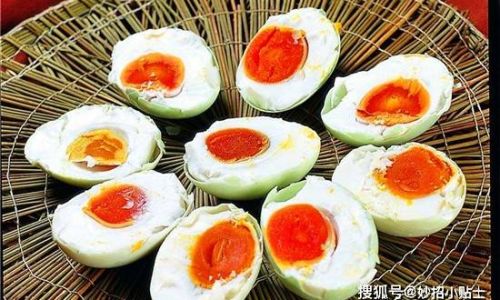
One common question among home fermenters and picklers is whether it is safe to consume food after a specific period, such as 20 days, of fermentation or pickling. This inquiry stems from concerns about food safety, particularly the risk of botulism and other foodborne illnesses. To address this question comprehensively, we must delve into the science behind fermentation, the role of time in the process, and the safety considerations associated with consuming fermented and pickled foods.
The Role of Time in Fermentation and Pickling
Time is a crucial factor in the fermentation and pickling process, as it allows the microorganisms to work their magic, transforming the food’s chemistry and texture. However, the optimal fermentation period varies depending on several factors, including the type of food, the microorganisms involved, the temperature, and the desired outcome.
-
Initial Stages of Fermentation:
- Lacto-fermentation: This is the most common type of fermentation used in pickling vegetables like cucumbers (for pickles), cabbage (for sauerkraut), and other produce. Lacto-fermentation is driven by lactic acid bacteria (LAB), which convert sugars into lactic acid. The initial stages involve rapid multiplication of LAB, leading to a rapid drop in pH (making the environment acidic). This acidic environment inhibits the growth of most harmful bacteria, including those that cause botulism.
- Alcoholic Fermentation: Used primarily in making beverages like wine and beer, this process involves yeast converting sugars into alcohol and carbon dioxide. The initial stages are marked by rapid yeast activity and the production of significant amounts of CO2.
-
Mid-Stage Fermentation:
- During this phase, the rate of fermentation slows down as the available sugars decrease and the acidity or alcohol content increases. In lacto-fermentation, the texture and flavor of the food continue to develop, with the lactic acid giving the food its characteristic tanginess.
- In alcoholic fermentation, the yeast may start to produce other compounds like esters, which contribute to the beverage’s aroma and flavor.
-
Maturation and Storage:
After reaching the desired level of acidity or alcohol, the fermented food or beverage is often stored for further maturation. This period allows the flavors to meld and develop more complexity. In some cases, additional aging can lead to the development of unique textures and flavors, such as the crunchy texture and tangy flavor of well-aged sauerkraut.
Safety Considerations: The Risk of Botulism and Other Pathogens
When discussing the safety of consuming fermented or pickled foods after a specific period, such as 20 days, the primary concern is the risk of botulism. Botulism is a rare but potentially fatal illness caused by the toxin produced by the bacterium Clostridium botulinum. This bacterium can thrive in low-oxygen, low-acid environments, such as those found in improperly fermented or pickled foods.
-
Conditions Favoring Botulinum Growth:
- Low Acidity: Foods with a pH above 4.6 are considered high-risk for botulinum growth. Proper fermentation should lower the pH to below this level, creating an environment hostile to the bacterium.
- Low Oxygen Levels: Anaerobic conditions (lack of oxygen) favor the growth of C. botulinum. This is why submerged fermentation and pickling in airtight containers are common practices.
- Temperature: Warm temperatures (between 86°F and 122°F, or 30°C and 50°C) accelerate the growth of C. botulinum. Colder temperatures slow down its activity, but do not eliminate the risk.
-
Signs of Unsafe Fermentation:
- Off Odors and Flavors: If the fermented food smells or tastes off, it may be a sign of contamination.
- Gas Buildup: Excessive gas production, especially if accompanied by bulging containers, can indicate the presence of unwanted bacteria.
- Discoloration: Unusual discoloration, such as darkening or mold growth, is a red flag.
-
Preventive Measures:
- Use of Salt and Acid: Adding salt and a small amount of vinegar or starter culture (rich in LAB) can help create an inhibitory environment for harmful bacteria.
- Proper Storage: Keeping fermented foods at refrigerator temperatures (below 40°F, or 4°C) slows the growth of any potential pathogens.
- Cleanliness: Ensuring that all equipment and surfaces are clean and free of contaminants is crucial.
The 20-Day Mark: Is It Safe to Eat?
Determining whether it is safe to consume a fermented or pickled food after 20 days involves considering several variables. Here’s a breakdown:
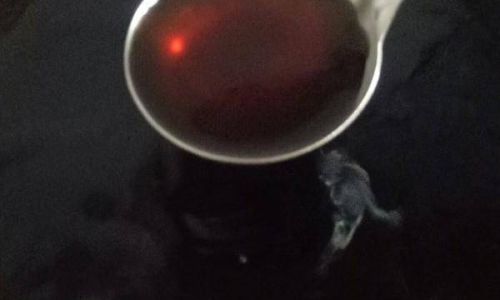
-
Type of Food and Fermentation Method:
- Some foods, like sauerkraut and kimchi, undergo rapid lacto-fermentation and can be safely consumed within a few days to a week. Others, like pickles or fermented beverages, may require longer periods for optimal flavor development.
- The use of starter cultures can speed up the fermentation process and ensure a more predictable outcome.
-
pH Level:
- Testing the pH of the fermented food is the most reliable way to assess its safety. A pH below 4.6 indicates that the environment is acidic enough to inhibit the growth of C. botulinum.
- Commercial pH test strips or a digital pH meter can be used for this purpose.
-
Visual and Sensory Inspection:
- While not as reliable as pH testing, visual and sensory inspection can provide clues. Fermented foods should have a consistent texture and a pleasant, tangy aroma.
- Any signs of mold, off odors, or excessive gas production should prompt caution.
-
Storage Conditions:
- If the fermented food has been stored at room temperature, the risk of contamination increases. Refrigeration slows down the growth of harmful bacteria.
- However, some fermented foods, like naturally fermented sauerkraut, can be stored at room temperature for short periods if they have reached a low enough pH.
-
Experience and Knowledge:
Experienced fermenters often develop a sense of when their foods are ready based on taste, texture, and aroma. However, this should not replace scientific methods like pH testing.
Conclusion: Balancing Risk and Reward
In conclusion, whether it is safe to consume a fermented or pickled food after 20 days depends on a multitude of factors, including the type of food, the fermentation method, the pH level, storage conditions, and visual and sensory inspection. While there is no one-size-fits-all answer, adhering to best practices for food safety—such as using clean equipment, adding salt and acid, monitoring pH levels, and storing fermented foods at refrigerator temperatures—can greatly reduce the risk of foodborne illness.
For those new to fermentation, it is advisable to start with recipes that have a lower risk of contamination and to gradually build experience and confidence. Consulting reliable resources, such as books, online forums, and experienced fermenters, can also provide valuable insights and guidance.
Ultimately, the decision to consume fermented or pickled foods after a specific period, such as 20 days, should be based on a careful assessment of all relevant factors. By prioritizing food safety and using scientific methods to monitor the fermentation process, home fermenters can enjoy the delicious and nutritious benefits of fermented foods without undue risk.
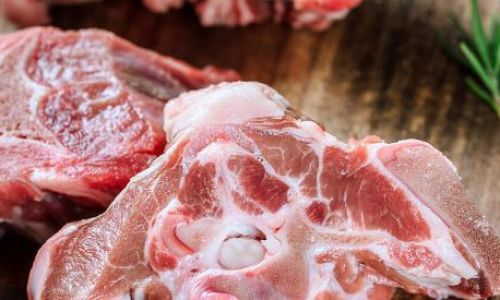
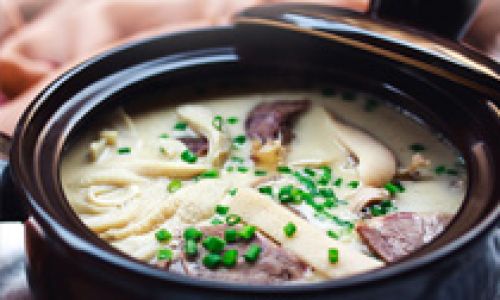
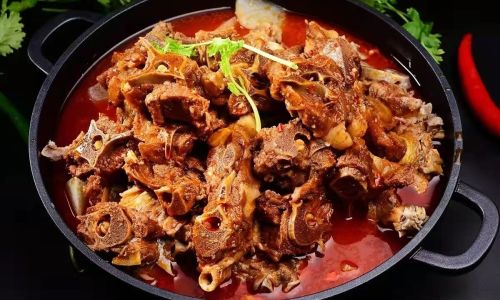
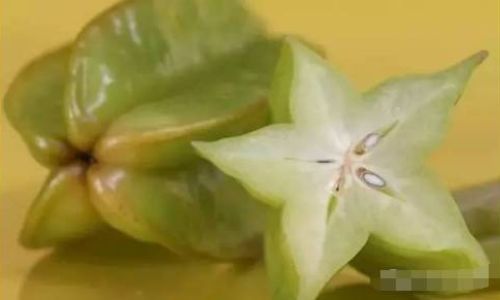

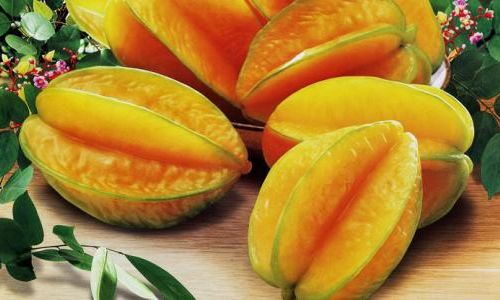
0 comments